Understanding Seed Tray Design: The Science of Germination Efficienc
2025-10-21 15:09:25
Every healthy plant begins as a seed, and how that seed is started often determines the success of the entire crop. While temperature, water, and light are well-known factors, few realize that the design of the seed tray itself has a direct effect on how well seeds germinate and develop.
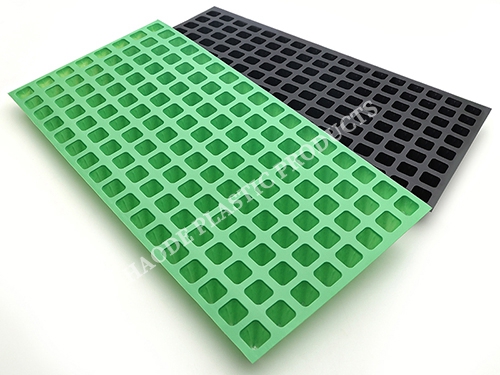
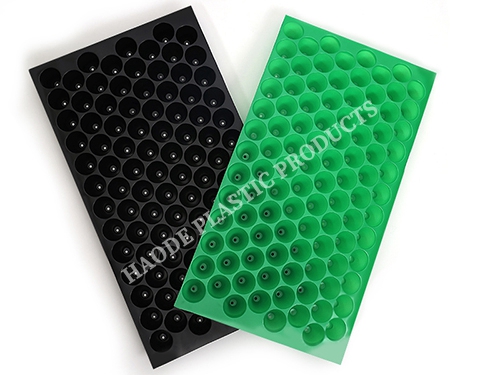
Today, professional growers and horticulturalists increasingly rely on scientifically engineered seed trays, many of which come from China manufacturers offering large-scale bulk supply. Let’s look deeper into how tray design supports better germination and healthier seedlings.
1. Structural Design and Its Role in Germination
A seed tray is more than just a holder; it’s a miniature growing system. The geometry, cell depth, and material of each tray shape the environment in which a seed wakes to life.
·Depth and Size: Shallow trays retain warmth and are perfect for small, fast-sprouting seeds, while deeper cells support crops with longer taproots.
·Shape and Taper: Slightly conical cells encourage downward root growth, avoiding coiling or distortion.
·Drainage Configuration: Adequate holes prevent oversaturation and promote oxygen exchange, both vital to strong germination.
Studies in horticultural engineering show that optimized tray structures can raise germination rates by as much as 25% compared with open-bed sowing methods.
2. Material Innovation: Balancing Strength and Sustainability
The composition of a tray greatly affects its performance and lifespan.
·Reusable Plastic Trays: Those made from polypropylene (PP) or high-impact polystyrene (HIPS) resist deformation and can be sterilized for multiple planting cycles.
·Eco-Friendly Biodegradable Trays: Made from peat, bamboo fiber, or coir, these options can be transplanted directly into the soil, reducing root disturbance and environmental waste.
Modern China tray manufacturers combine material science and precision molding to deliver both durability and environmental responsibility—proving their capability as true bulk suppliers to global growers.
3. Oxygen and Drainage Dynamics
Roots breathe, and air circulation around the root zone is critical for healthy growth. Advanced tray bases feature ventilated patterns or raised bottoms that enhance airflow beneath cells.
This not only prevents stagnant water but also triggers air pruning, a natural process where roots stop growing when exposed to air and instead branch out laterally. The result is a dense, fibrous root system that transplants easily and grows vigorously once in the field.
Proper drainage also keeps pathogens at bay and ensures the delicate balance between moisture and oxygen—a cornerstone of efficient seed germination.
4. Thermal and Moisture Stability
Temperature consistency plays an underrated yet crucial role in germination success. Dark trays absorb warmth, promoting faster sprouting in cool seasons, while light-colored trays deflect heat, ideal for warmer regions.
The wall thickness and material density of a tray influence how moisture is retained or released. Uniform moisture levels inside each cell prevent premature drying or uneven sprouting.
By managing microclimates with carefully designed trays, professional nurseries can shorten germination cycles and achieve more uniform seedling growth across batches.
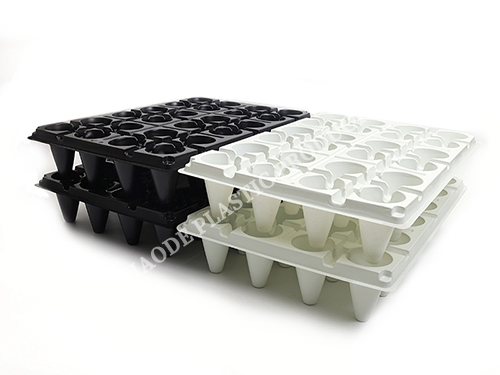
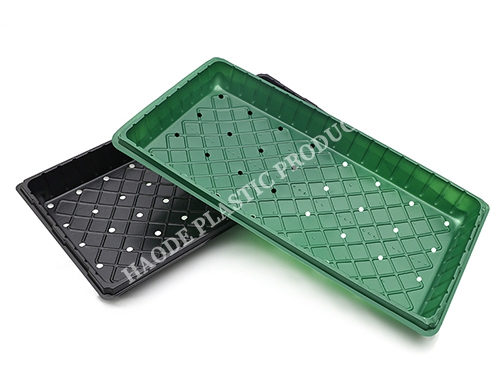
5. Ergonomics and Efficiency for Growers
A great tray benefits not only plants but also people. Modern designs consider ease of handling, featuring reinforced edges, consistent sizing, and stackable shapes.
Such design upgrades simplify labeling, watering, and transportation within greenhouses or nurseries. For large-scale production, compatibility with automatic sowing and irrigation systems streamlines daily operations and reduces labor costs.
China’s large-capacity tray factories can customize dimensions, cell counts, and packaging for different crops—demonstrating professional manufacturing expertise and reliable output for bulk orders.
6. Sustainable Growing Systems
Sustainability has become a core requirement for today’s growers. Reusable plastic trays can last several years when properly sanitized, minimizing both cost and waste.
Meanwhile, biodegradable trays made from renewable biomass allow growers to eliminate plastic entirely, aligning with global eco-standards.
Partnering with a China manufacturer experienced in eco-tray production and bulk export ensures access to both high-strength reusable trays and compostable alternatives—enabling flexible, responsible farming solutions.
Conclusion: Design That Shapes Growth
Behind every successful germination process lies thoughtful tray design. From structural geometry and airflow to material selection and temperature regulation, seed trays embody both science and practicality.
For growers, choosing high-quality seed trays from a trusted China manufacturer with bulk supply capability means consistent germination, improved root development, and long-term savings.
Whether cultivating herbs, vegetables, or ornamentals, investing in well-designed seed trays isn’t just about containers—it’s about setting a solid scientific foundation for every plant’s growth journey.
References
GB/T 7714:McGrath D, Henry J, Munroe R, et al. From propagation to field: Influence of tray design on tree seedling quality and performance[J]. Journal of Environmental Horticulture, 2021, 39(1): 33-40.
MLA:McGrath, Darby, et al. "From propagation to field: Influence of tray design on tree seedling quality and performance." Journal of Environmental Horticulture 39.1 (2021): 33-40.
APA:McGrath, D., Henry, J., Munroe, R., & Williams, C. (2021). From propagation to field: Influence of tray design on tree seedling quality and performance. Journal of Environmental Horticulture, 39(1), 33-40.

The CNC Seed Braiding Machine is a high-precision, fully automated agricultural equipment s...
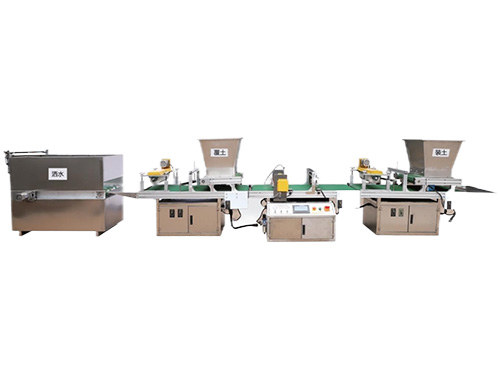
It adopts electrical integration and can be started by pressing the fully automatic button ...
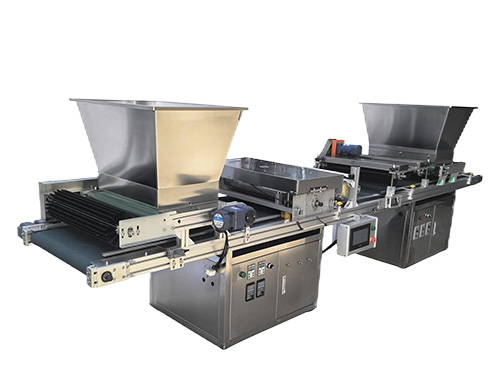
The XP750 seeder has stable performance, excellent product quality, simple and convenient o...
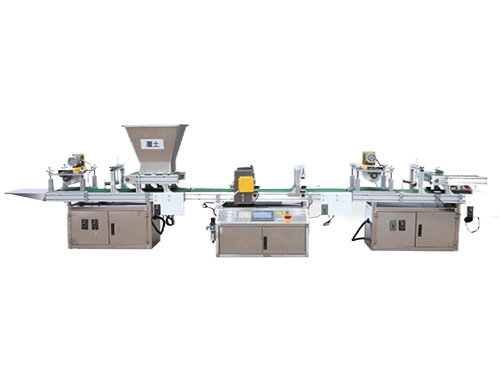
It adopts electrical integration and can be started by pressing the fully automatic button ...



